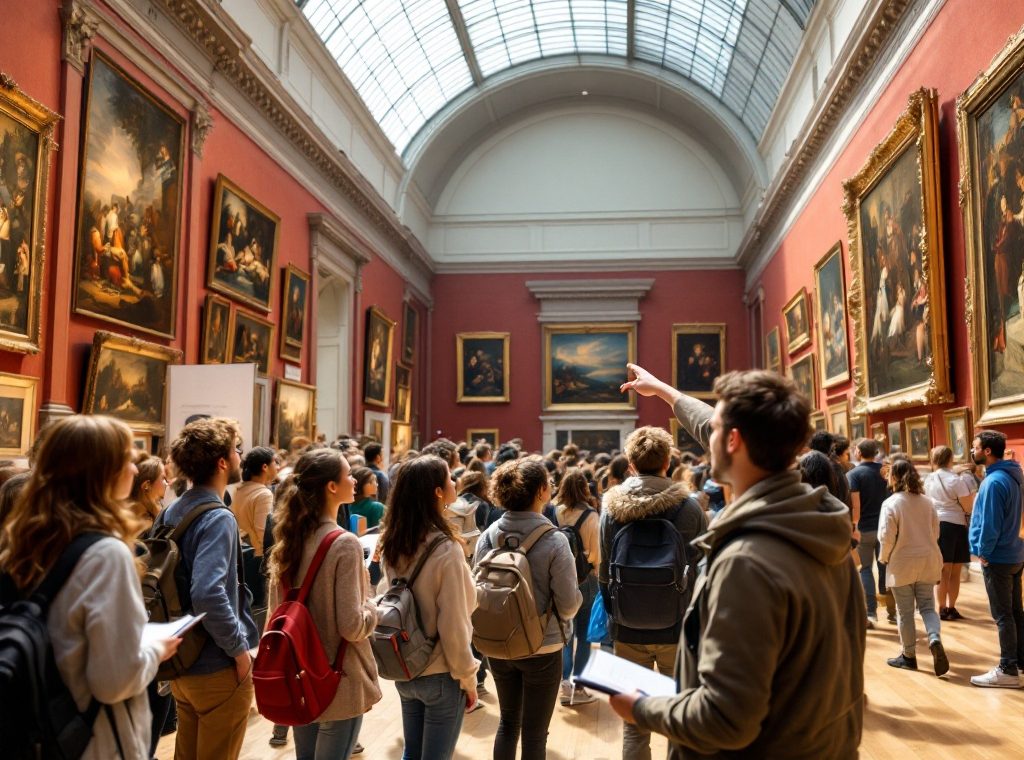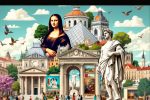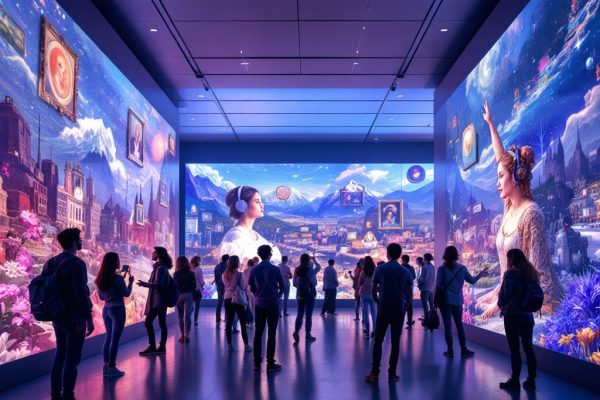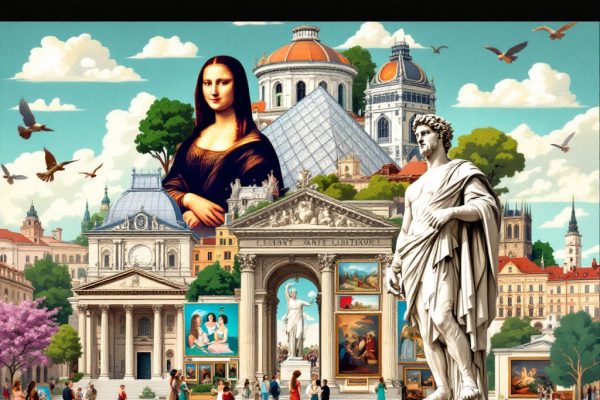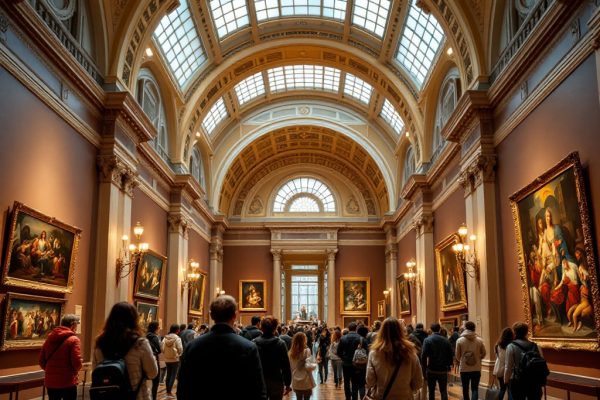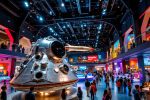How to Plan an Educational Trip to a National Gallery
Want to transform your students’ understanding of art and history? A trip to the National Gallery offers invaluable learning opportunities, from analyzing original masterpieces to sparking dynamic discussions. This comprehensive guide provides a step-by-step approach to planning an enriching educational visit, covering everything from setting learning objectives and aligning with curriculum needs to arranging logistics and utilizing museum resources. Discover how to maximize student engagement with interactive exhibits, guided tours, and pre- and post-visit activities. Start planning your transformative educational journey today!
Important information
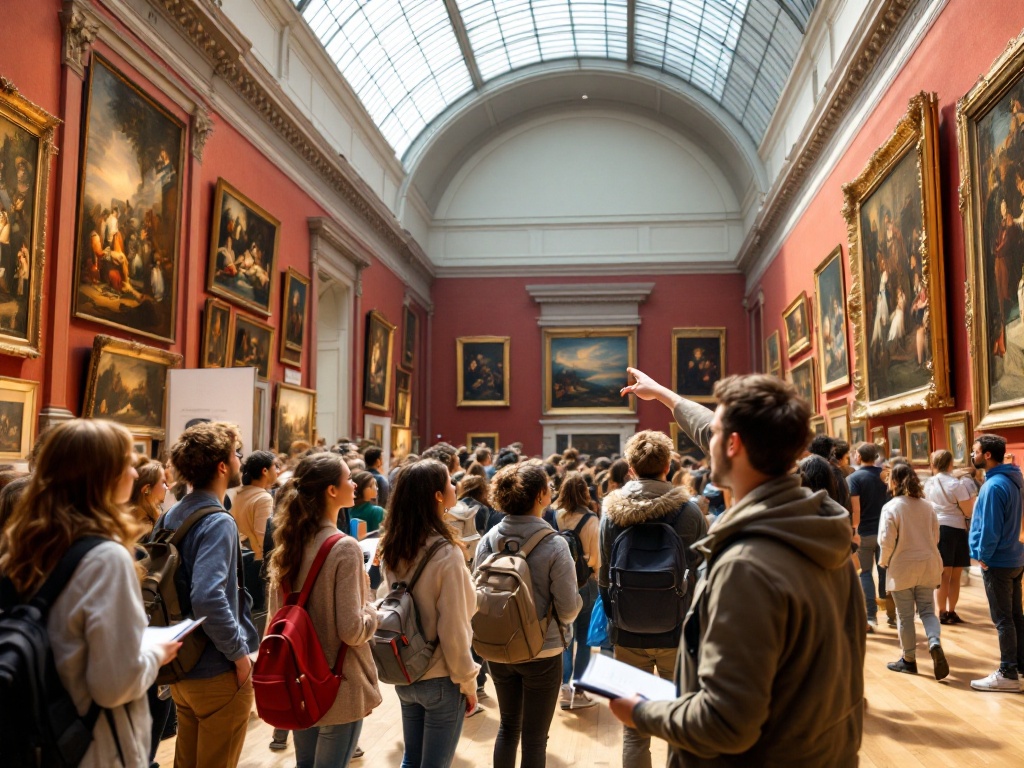
- Align the gallery visit with curriculum objectives for maximum impact. Prepare students with pre-visit activities like researching artists and discussing gallery etiquette.
- Plan logistics carefully: book tickets, arrange transportation, create a detailed itinerary, and communicate with the gallery about group size and any special needs.
- Utilize gallery resources: guided tours offer expert insights, while self-guided tours allow for personalized exploration. Audio and family guides provide supplementary information.
- Engage students with interactive experiences: incorporate hands-on workshops, discussions, sketching, and post-visit projects to deepen understanding and appreciation.
- Access online resources: museum websites offer lesson plans, interactive activities, and other materials to enhance the learning experience before, during, and after the visit.
How to Plan an Educational Trip to a National Gallery
Planning a national gallery trip for students can be a rewarding experience. Define clear learning objectives that align with your curriculum. Choose a gallery with a relevant collection and accessible facilities for students with disabilities. Explore educational programs, workshops, and resources offered by the gallery.
Arrange transportation and accommodation. Secure the visit dates and provide students with materials about the gallery’s collection and featured artists.
Implement interactive activities and post-visit discussions to enhance learning. Consider guided tours or specialized workshops, perhaps on a specific art technique, to add valuable context and insights, making the visit more engaging.
Understanding the Educational Value of National Galleries
National galleries offer students incredible learning opportunities, allowing them to analyze original artworks and develop unique interpretations. This firsthand experience fosters critical and creative thinking while enhancing visual literacy and cultivating a deeper appreciation for art history and cultural movements. Gallery visits also spark discussions, inspire personal growth, and promote a more dynamic approach to education, truly enriching the learning experience. Here’s how national galleries benefit student learning:
- Analysis of original artworks: students can examine masterpieces up close, fostering deeper understanding of artistic techniques and historical context.
- Development of unique interpretations: direct interaction with art encourages individual perspectives and critical analysis skills.
- Enhanced visual literacy: students develop a keener eye for detail, composition, and artistic expression.
- Deeper appreciation for art history and cultural movements: galleries provide context and insights into the historical and cultural significance of artworks.
- Spark discussions and inspire personal growth: gallery visits facilitate dialogue and reflection, promoting personal and intellectual development.
- Promote a dynamic approach to education: experiential learning in galleries complements classroom studies, creating a more engaging and enriching educational experience.
Setting Educational Goals for the Trip
Establish clear learning objectives that connect the curriculum with the gallery’s collection.
Encourage students to analyze artwork from multiple perspectives, considering its context, style, and the artist’s intention.
Implement pre-visit activities, such as researching artists or movements, to enrich the experience and build excitement for the gallery visit.
Aligning with Curriculum Needs
Visiting the National Gallery offers students a powerful blend of art, history, and social studies, allowing them to explore complex themes like identity through artistic expression. This enriching experience complements classroom learning, reinforcing curriculum objectives. For example, students can analyze the historical context of a portrait or explore social issues depicted in various art forms. Aligning the visit with learning goals maximizes the impact.
Planning Your Visit
Planning a successful trip to the National Gallery involves several key steps. First, check the gallery’s opening hours and book tickets beforehand. Then, research the current exhibitions to make the most of your visit. Educators should familiarize themselves with the gallery’s layout online, noting the locations of restrooms and cafes for smoother navigation.Pre-visit activities are crucial for students. Encourage them to explore the featured artists or art movements and learn about specific artworks. Discussing gallery etiquette, such as respectful behavior and thoughtful engagement with the art, will enhance the experience.Integrating the gallery visit into the curriculum is beneficial for teachers. Provide relevant resources and assign related projects to reinforce classroom learning. Finalize logistical details like transportation, chaperones, and meals to ensure a seamless trip.Lastly, understand the museum’s policies. Review rules about photography, sketching, and permitted group sizes to prevent any issues. Communicate clearly with students and parents about expectations and itinerary details for a well-planned and enjoyable experience.
Pre-Visit Information and Preparation
Step 1: Set Expectations
Discuss expected behavior at the gallery, emphasizing respect for the art and the importance of quiet observation.
Step 2: Cover Safety
Review emergency procedures and any gallery-specific guidelines.
Step 3: Provide Context
Enrich their experience by providing background on the artists and the historical context of their work.
Step 4: Spark Interest
Discuss the pieces they will encounter, sparking their interest through engaging activities like discussions, worksheets, or research projects related to the gallery’s collection.
Step 5: Confirm Logistics
Confirm logistical details, including bus transportation procedures.
Understanding Museum Policies and Accessibility
Museum policies provide important information, including guidelines on permitted items and photography. These policies also outline safety procedures and prioritize accessibility for all visitors. Ramps, elevators, and accessible restrooms ensure that everyone can comfortably explore the museum. Guided tours are available to enhance understanding and engagement, but it’s recommended to check their availability in advance. Planning your visit ahead of time ensures a smooth and enriching museum experience for all.

